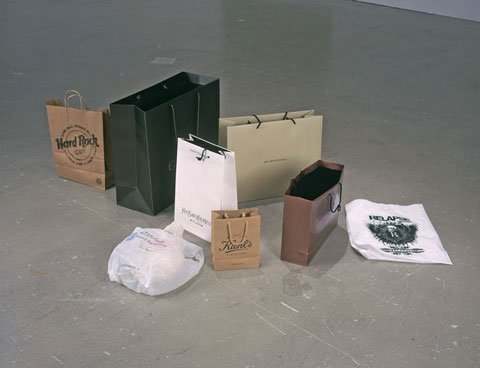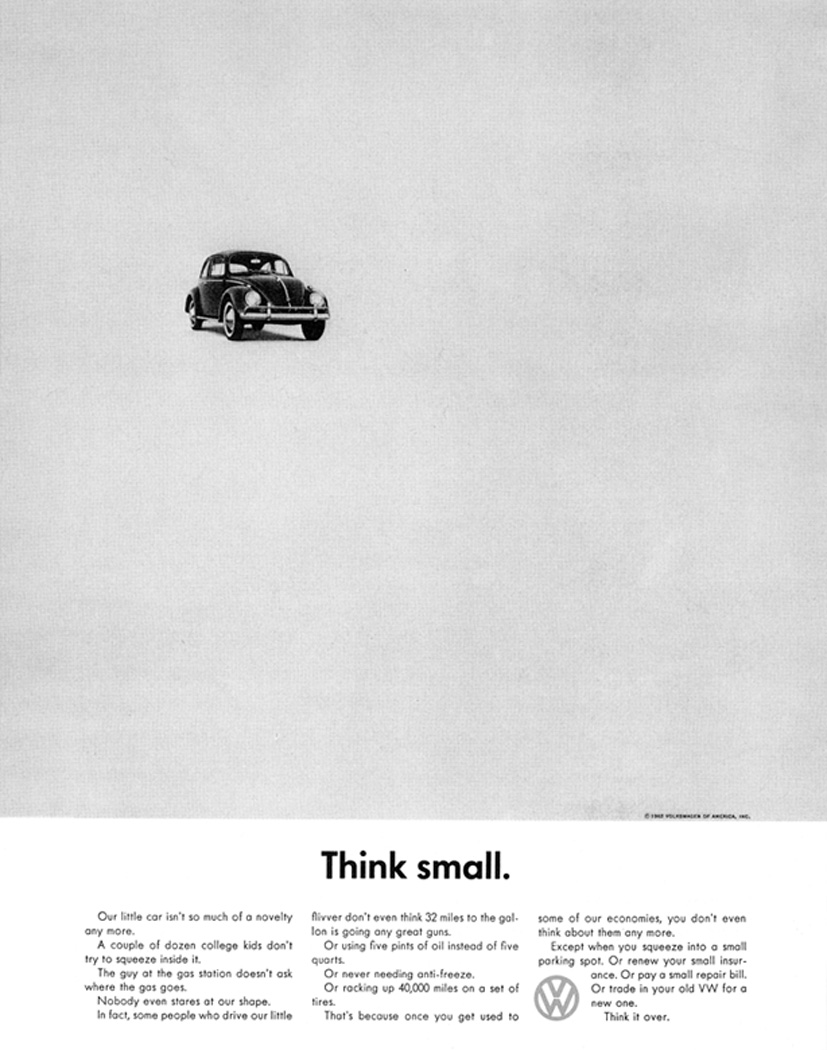


Helmut Smits, ‘The real thing’ (2014)
A distilling installation that turns Coca-Cola back into clean drinking water.



Helmut Smits, ‘The real thing’ (2014)
A distilling installation that turns Coca-Cola back into clean drinking water.

‘2,5³’ (2013) by Chmara.Rosinke
A minimal living cube, for which the 60s and 70s were an inspiration. In this era, many architects and designers concerned themselves with the idea of modular and mobile living structures and wanted to revolutionarize social canons. A negation of consumerism and the idea of contemporary nomadism has lead that time to various visionary concepts like modular micro-houses of Ken Isaacs, Joe Colombos multifunctional „total furnishing unit” or the „living cube“ concept of Papanek and Hennessey.

‘Make your own life’ (2006) by Merlin Carpenter
Carpenter asked ICA Philadelphia to provide him with $4,000 cash. The artist then went on a shopping spree, consuming all kinds of luxury goods and services. In the end, only the receipts and empty shopping bags were exhibited.

Michael Asher, ‘Think small’ (2010)
Asher’s piece is a reproduction of a 1959 print advertisement designed by Doyle, Dane, and Bernbach for the marketing of Volkswagen in the United States. “Think small” was the tagline in the ad and it became the concept of the campaign. Asher’s piece performs a kind of time travel, stretching back a half a century and replaying a historical campaign for our present consideration. When the “Think small” ads came out, America was firmly committed to a post-war economy perpetuated by the rapid growth of consumerism. Going against that grain, the “Think small” message encouraged investment in a reliable, affordable car rather than an oversized, flashy one. Visually and linguistically, the message of the campaign was to consume less, not more. Yet the ad’s critique of big consumerism performed well for corporate capitalism: many cars were sold, and the ad itself is credited with creating a sea change in the way advertising is created.

(the original ad – right-click and ‘view image’ for enlarging)